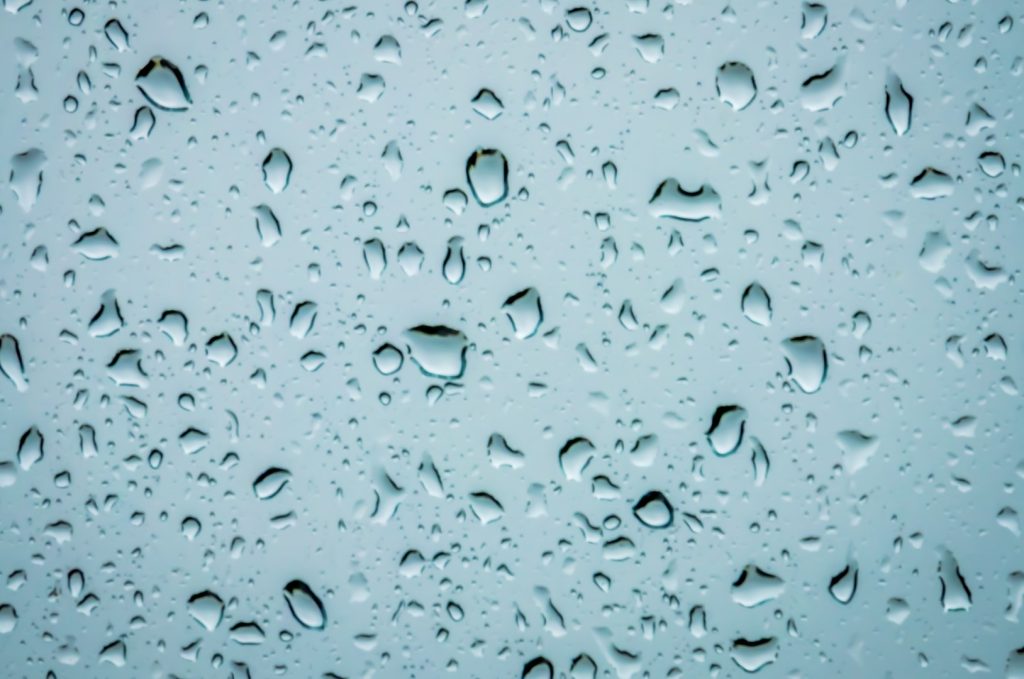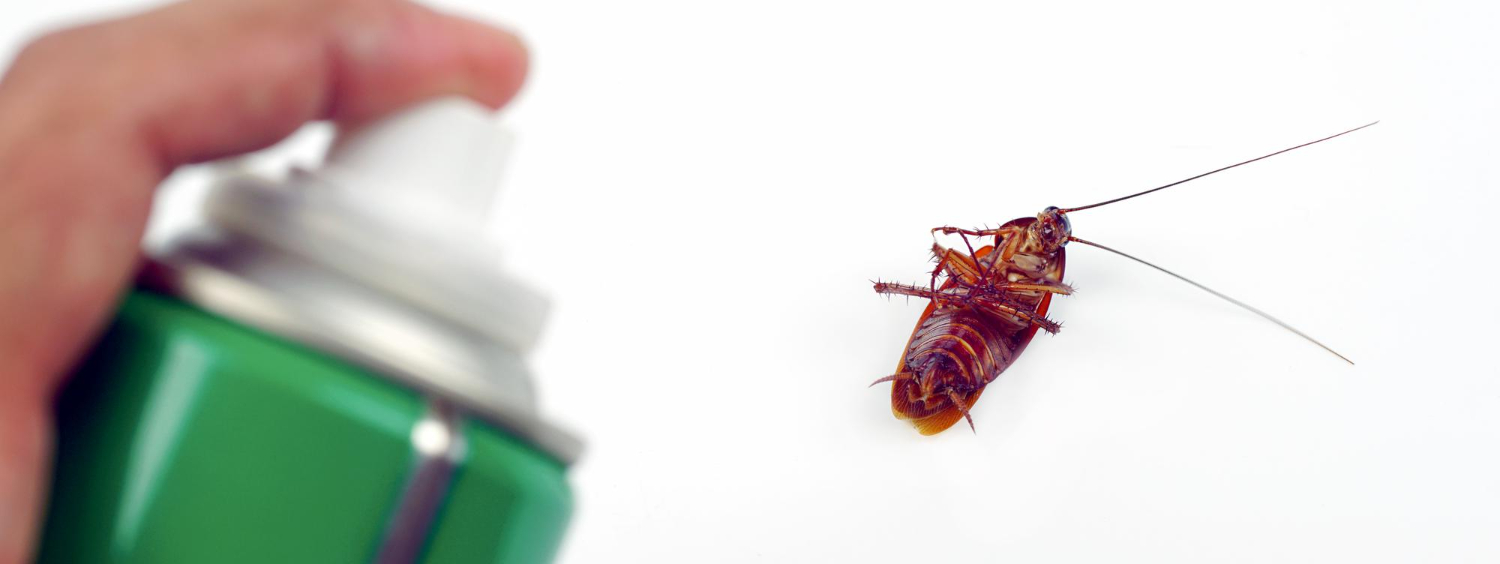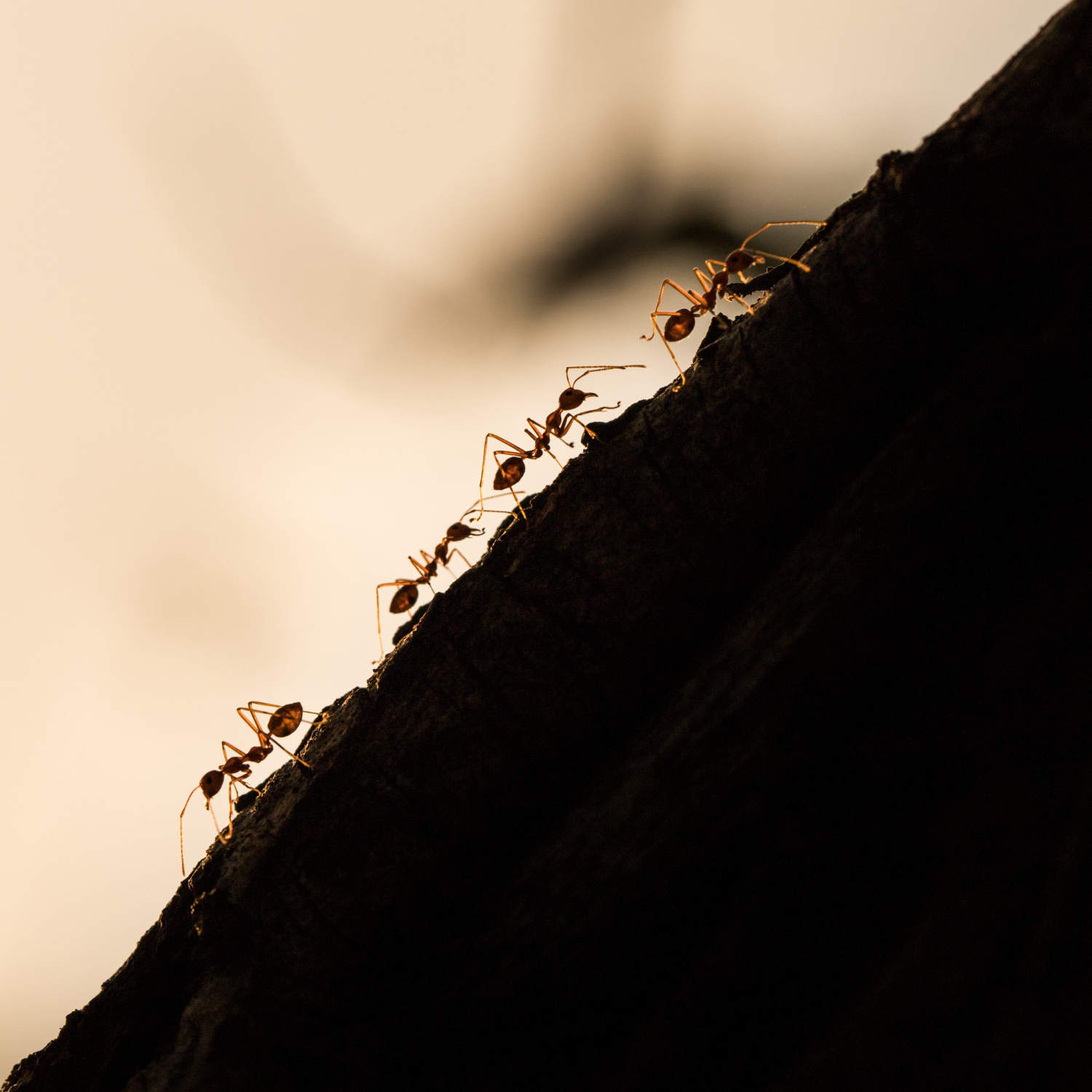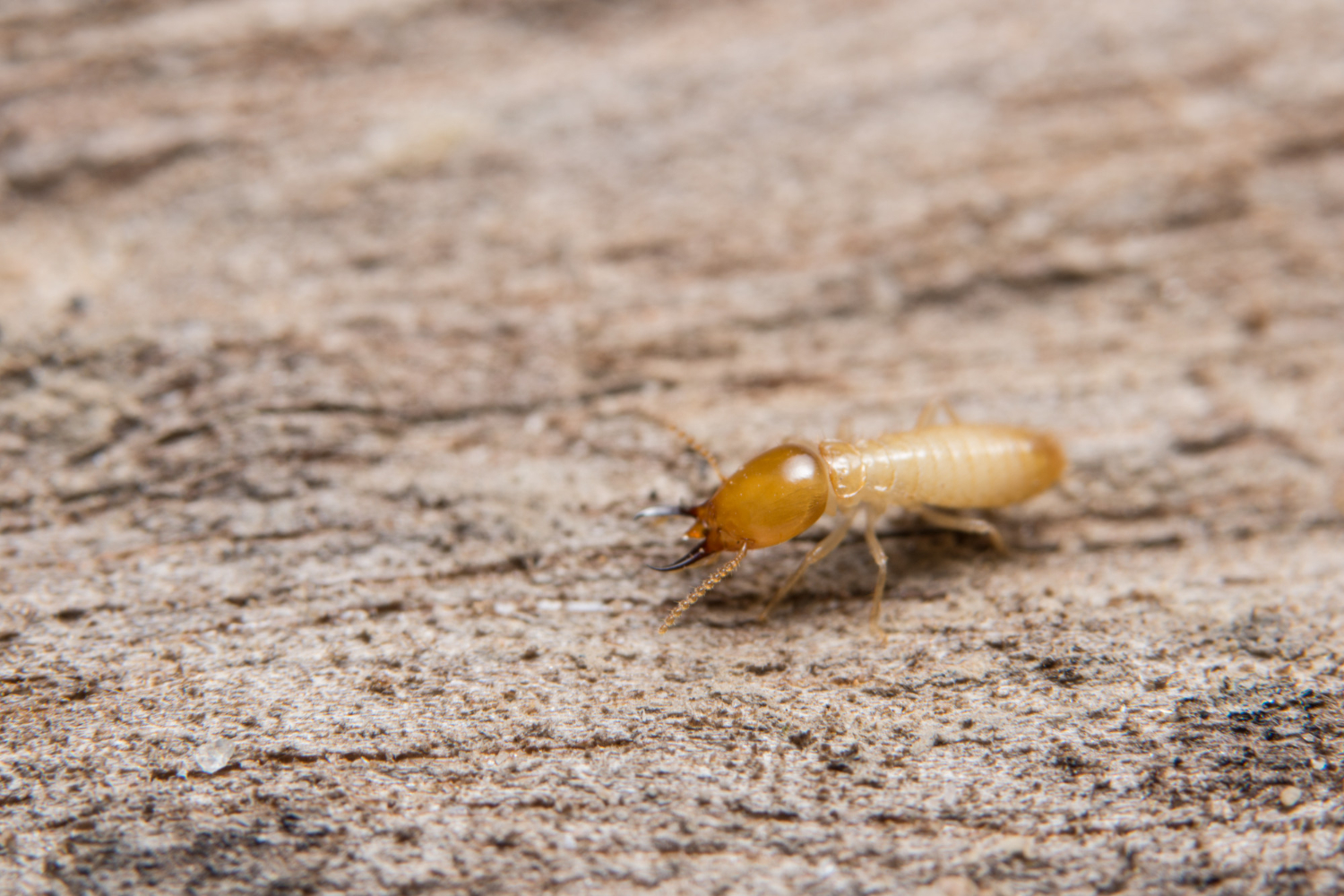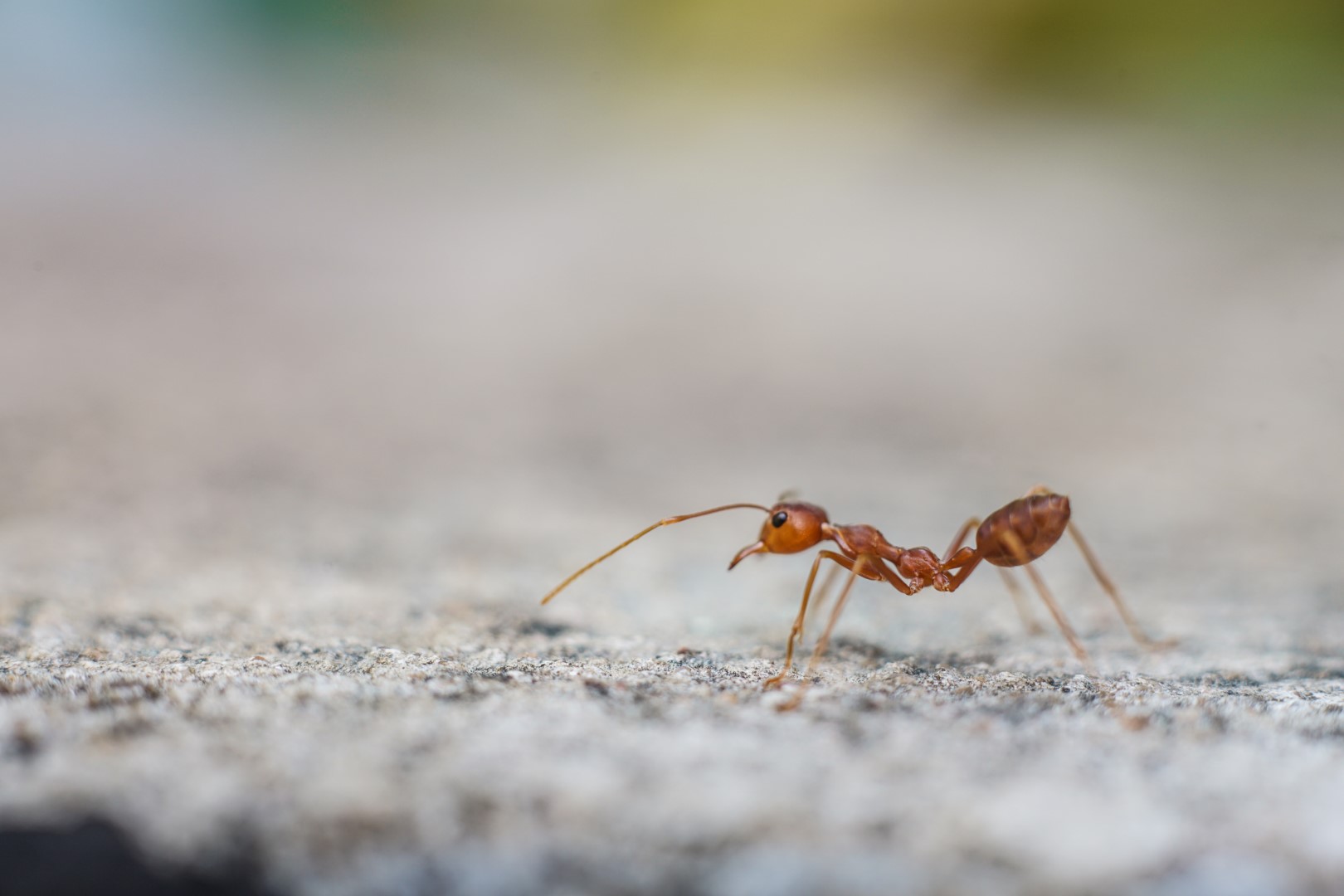When it comes to pest control, moisture is often an underestimated adversary. Excess humidity and moisture in and around your home can create an environment that is not only inviting to pests but also conducive to their infestations. In this article, we’ll uncover the hidden dangers of moisture and how excess humidity can attract pests, providing them with an ideal habitat for survival and reproduction.
1. Moisture and Pest Attraction
Numerous pests are attracted to areas with elevated humidity and moisture levels. Here’s why:
- Ideal Breeding Conditions: High humidity and moisture create ideal conditions for pests like mosquitoes, which lay their eggs in standing water.
- Water Sources: Pests like ants and cockroaches are drawn to moisture-rich areas as they require water for survival.
- Termite Damage: Termites are particularly destructive and are attracted to moist wood, which they can easily chew through.
2. Damp Basements and Crawl Spaces
Basements and crawl spaces are often susceptible to excess moisture, especially in regions with high humidity. This can lead to problems:
- Fungal Growth: Mould and mildew thrive in damp conditions. Not only are they unsightly, but they also release spores that can negatively impact indoor air quality.
- Rodent Havens: Damp areas provide ideal conditions for rodents, such as mice and rats, to seek shelter and create nests.
- Foundation Damage: Prolonged exposure to moisture can weaken the foundation of your home, creating entry points for pests.
3. Moisture in Kitchens and Bathrooms
Kitchens and bathrooms are prime areas for excess moisture due to cooking, bathing, and plumbing fixtures. The risks include:
- Cockroach Attraction: Cockroaches are often found in kitchens and bathrooms, drawn to the available moisture.
- Water Damage: Leaky pipes can cause water damage and wood rot, attracting termites.
4. Health Risks
Excessive moisture can lead to health problems for you and your family. Mould growth, which is commonly associated with moisture, can release spores into the air. Inhaling these spores can trigger allergies and respiratory issues, causing symptoms such as sneezing, coughing, and congestion.
5. Preventing Moisture-Related Pest Issues
To prevent moisture-related pest issues, consider the following:
- Proper Ventilation: Ensure that areas prone to moisture, like bathrooms and basements, have adequate ventilation to reduce humidity levels.
- Dehumidifiers: Use dehumidifiers to control indoor humidity and prevent excess moisture.
- Plumbing Maintenance: Regularly inspect and maintain plumbing fixtures to prevent leaks and water damage.
- Foundation Repairs: Address any foundation issues promptly to prevent moisture from seeping into your home.
- Pest Inspections: Schedule routine pest inspections to identify and address moisture-related pest problems before they become severe.
In conclusion, understanding the hidden dangers of moisture and its role in attracting pests is crucial for effective pest control. By controlling excess humidity, addressing potential problem areas, and seeking professional assistance when needed, you can significantly reduce the risk of pest infestations and create a healthier, more pest-resistant environment for your home.
